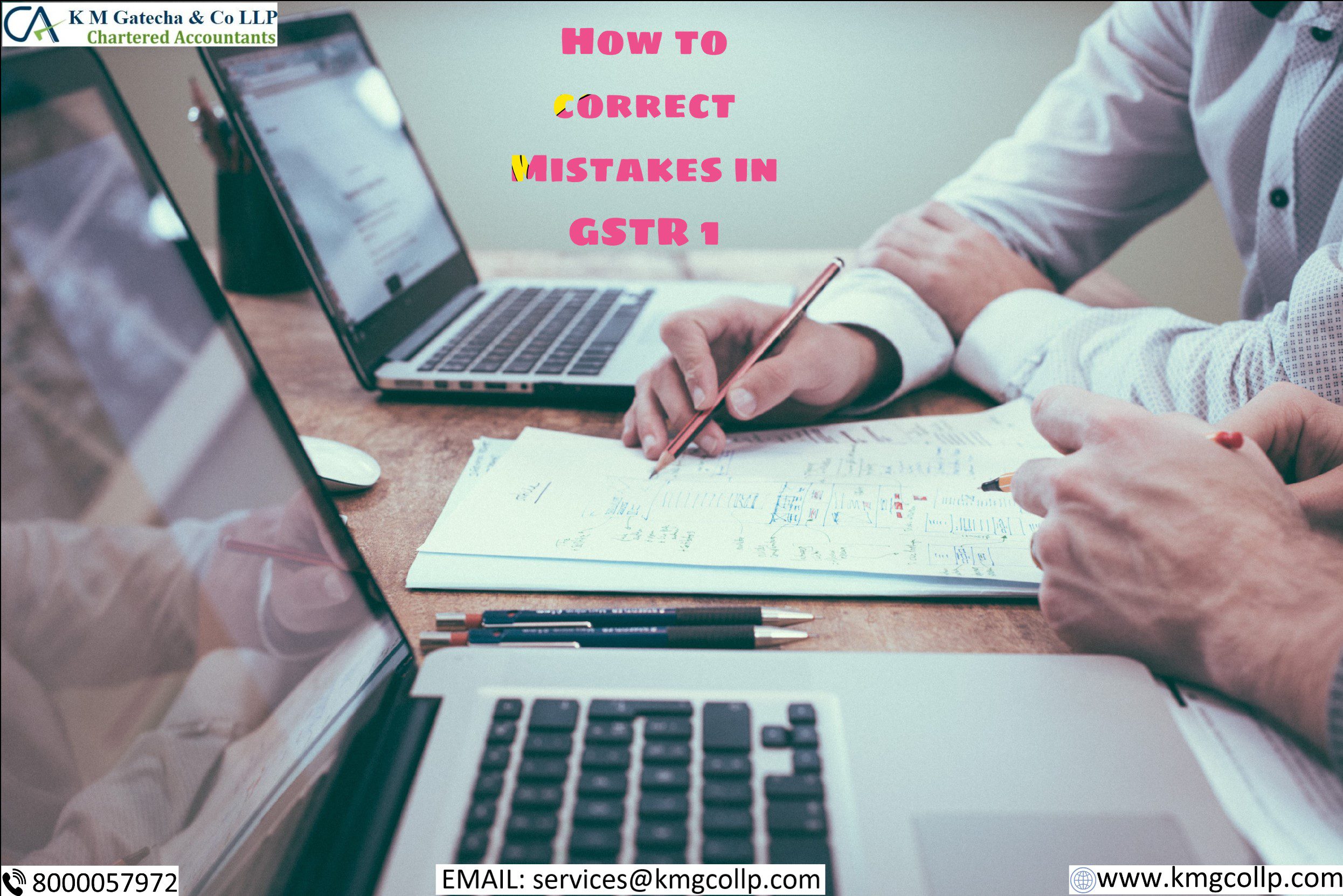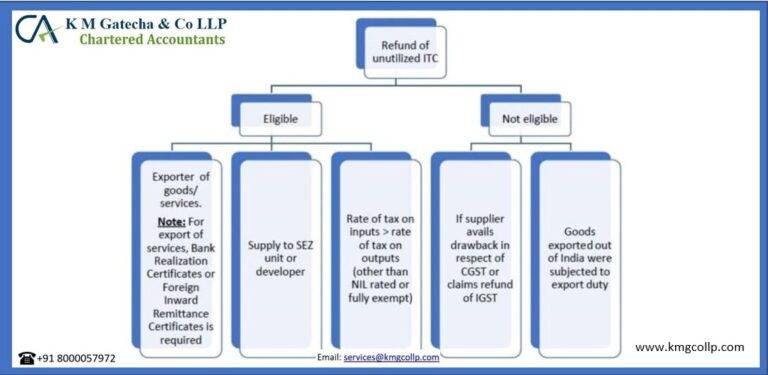Filing of GST returns is compulsory for every taxpayer. Despite the passing of almost 3 years since the enactment of GST laws, many mistakes are still being committed by GST taxpayers while filing GST returns particularly GSTR 3B and GSTR 1. In this article, we have discussed “how to correct mistakes in GSTR 1 “. These mistakes are generally committed either due to negligence, oversight, or due to lack of conceptual clarity on various provisions of the GST Acts and Rules. The problems arise as there is no edit facility in these GST Returns. Although many such mistakes can be corrected in subsequent returns or the Annual Return, the implications of such mistakes can be huge in terms of determination of tax, interest, late fee, and penalty.
Some major GSTR 1 Mistakes and their appropriate solution.
1. Error in JSON structure validation
Many of you must have received the mentioned error “Error in JSON structure validation” while uploading the JSON file on the GST portal. This error signifies that the structure of the JSON file, where you have inserted the data is not generated as per the requirement of the GST portal. Make sure that the GSTIN is specified in the JSON file. Make sure that the uploaded JSON file is latest and correct in the GST Portal in the GSTIN.
2. The GSTIN is invalid. Please provide a valid GSTIN.
GSTIN mentioned in the JASON file does not match the gstin of the GST account or the customer’s GSTIN. Make sure that the JASON file is uploaded with the correct GSTIN numbers. If any GSTIN is invalid, change the GSTIN in the JASON file, save and upload it to the GST portal.
3. Date is Invalid. The date of the invoice cannot be before the registration date.
The date mentioned on an invoice is earlier than the date the customer obtained GST registration or GSTIN. Only from the date of obtaining GSTIN, a business would become eligible for claiming the input tax credit. Invoice the customer after the date of GST registration. Change the invoice type to B2C.
4. Invoice number does not exist. Please enter a valid invoice number.
Invoice number must be a consecutive serial number not exceeding sixteen characters, in one or multiple series, containing alphabets or numerals or special characters hyphen or dash and slash symbolized as “-” and “/” respectively, and any combination thereof, unique for a financial year. Ensure that all invoices have a GST invoice number.
In case an invoice does not have an invoice number, assign one as per GST rules and re-create the JSON file. If an invoice is invalid, delete the item from the JSON and re-upload.
5. Original Invoice is Invalid. The original invoice cannot be tracked. Please enter the correct invoice number and date.
The invoice mentioned may have been missed during uploading. Check the Invoice Number of the Credit/Debit Note which is showing the error.
6. Invoice already exists with a different CTIN or the same CTIN. Please delete the existing invoice and re-upload it again.
The Taxpayer may be trying to upload an invoice that already exists on the GST portal. Check if the invoice is already uploaded on the GST portal.
Check if there are no changes to the invoice data between the uploaded one and the one you are trying to upload now. Ignore the error if the invoice is uploaded and don’t need to make any changes. Make changes and delete the old invoice on the government portal. Upload the changed invoice with a proper JSON file.
7. The uploaded invoices might have invalid or wrong GST rates.
The rate entered is not valid according to the rate list. IGST rates are applicable under 7 slabs namely 0%, 0.25%, 5%, 12%, 18% and 28%. CGST and SGST rates are applicable under 7 slabs namely 0%, 0.125%, 2.5%, 6%, 9% and 14%.
Rectify the invoice with the wrong GST rate. Make sure that GST rates are mentioned in the JSON file without the % symbol. make sure that CGST and SGST rates are divided equally and are correct.
8. The Place of supply and state code of the Supplier should be different for Inter-State supply.
For all B2B invoices and B2C large invoices, the place of supply is mentioned in the JSON file next to the words “POS”. For all inter-state supply, the place of supply would be a different state than that of the supplier. For all intra-state supply, the place of supply would be the same state.
9. Receiver is not allowed to accept modified invoices/notes.
According to GSTN, this invoice was earlier modified and then accepted. The GSTN does not allow you to accept immediately after you modify the invoice. If you just want to accept the Supplier’s values: first, you need to go GSTN and then reject this invoice and upload it again.
10. Wrong tax type has been selected.
The tax type selected is wrong. You may be doing an intrastate transaction, in that case, you need to specify CGST and SGST instead of IGST. Make sure that the IGST amount is valid.
In case you are confused about GST as a business owner, feel free to consult the GST experts at K M GATECHA & CO LLP. You can get comprehensive assistance and the best services on GST Registration and GST Return Filing online. You can also clear your doubts by simply calling us at +91 8000057972 or emailing us the same at [email protected].
Frequently Asked Questions
The last date to make amendments, corrections in GSTR-1, and upload missed invoices or debit/notes of one financial year is no longer the due date to file the September return of the following year, but it is 30th November of the following year or filing of annual return, whichever is earlier.
Step 1: Click on the edit button to edit the invoices and make the required corrections to the invoices or details uploaded or added earlier in GST Portal.
Step 2: To modify the details or records at the rate level, click on the ‘ +’ option and navigate to the rate level records.
Table of Contents
Toggle


